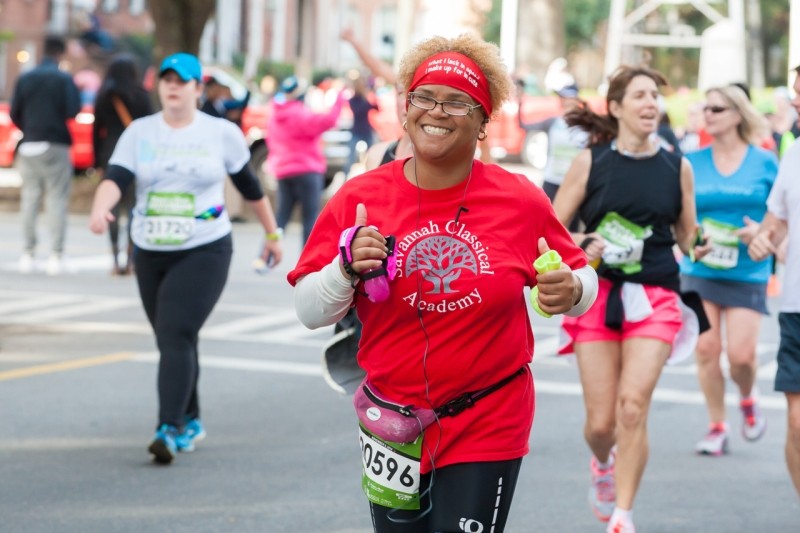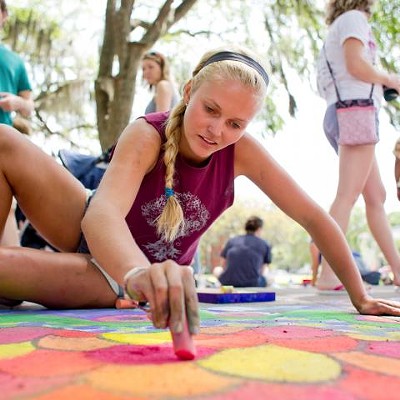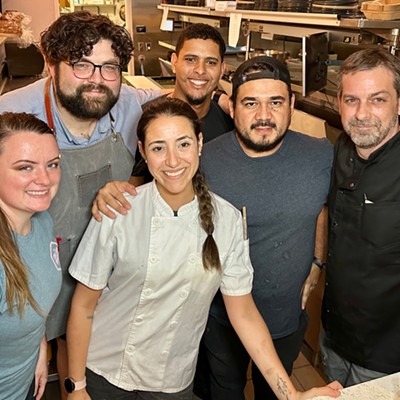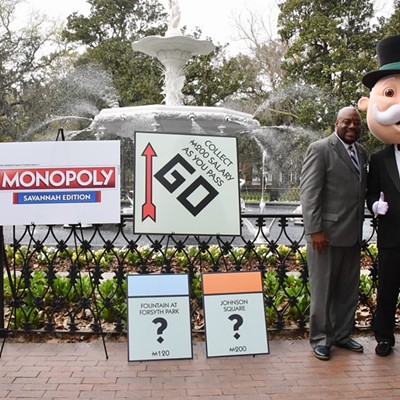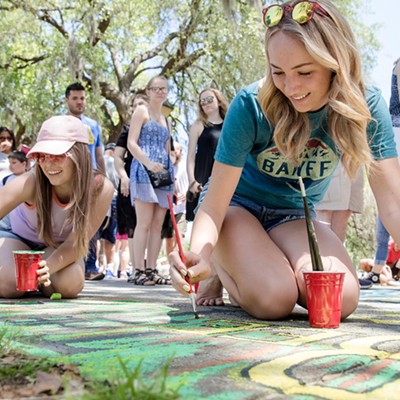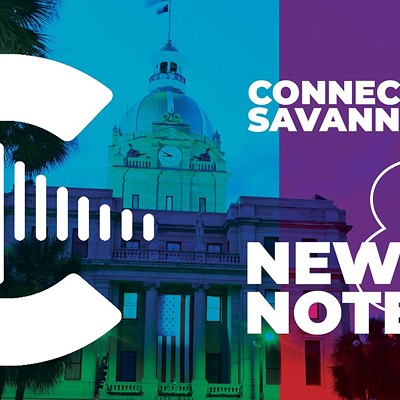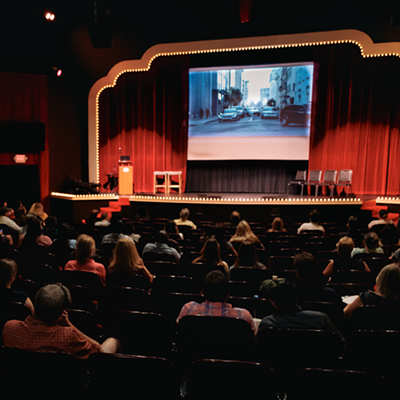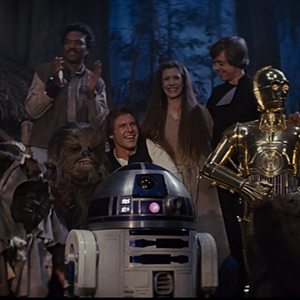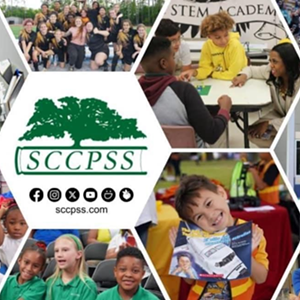THIS YEAR marks the fifth edition of the Savannah Rock 'N’ Roll Marathon and Half Marathon. From Friday through Sunday, over 20,000 participants and their traveling companions will take part in a number of events, from the Full and the Half on through to Sunday’s 5K.
Savannah is the smallest market for the Rock ‘N’ Roll Marathon, which is owned and organized by the Competitor Group. As such, Savannah not only offers the most intimate course, but some of the biggest challenges in efficiently but aesthetically packing those 26.2 miles into such a small area.
This year’s musical headliner in Forsyth Park following the Marathon on Saturday will be country superstars Rascal Flatts.
This year there are a few changes to the course which will facilitate traffic issues. We sat down with Visit Savannah President Joe Marinelli and Greater Savannah Sports Council President Ben Wilder last week to break down all the most recent news and happenings about the event.
The Traffic:
Ben Wilder: I think this year’s route probably the best one. The Half isn’t changed at all. The Full still goes down the Truman, still gets off at Delesseps. Then it’s going to go up into Memorial Health this year and wind down behind Jenkins. Go into Savannah State and back. They come back up Cedar around Washington Avenue, not touching Waters. Part of their goal this year was to leave Waters Avenue open. And actually Bee Road is open this year too, because 52nd is not being used.
Joe Marinelli: What we’ve learned out of this, with five years under our belt, is it’s an orchestration every year. It’s a collaboration between the City, Competitor Group, the Police Department, Ben Wilder and the Sport Council. All the parties do get together immediately after the race to say what’d we learn? The orchestration every year to fine-tune a route, to accommodate 15,000 plus, and this year 20,000 plus is a lot of work. There’s a balance of trying to incorporate as many parts of the community as possible. And conversely, to not disrupt as many parts of the community as possible.
The Race & The Route:
Ben Wilder: Our course is flat and fast. So a lot of people come here to run a quick course and get a quick time. There are lots of reasons why it has to be perfect. It’s very technical, it’s very sanctioned, it’s a qualifier for other races. We’ve had Olympic qualifiers, Boston qualifiers.
I was part of design team for original course. We all drew up versions of what we wanted and merged them. Originally we were trying to get all the way to Isle of Hope but ran out of mileage because of the half.
Of course by Year Two, Whole Foods had opened and we were like, now what? We do tell people, don’t try to drive through the route during the race and think you’re getting to soccer practice in 20 minutes like you usually do.
The Music:
Ben Wilder: Typically with Rock ‘N’ Roll Marathons there is about one band per mile. Here it tends to be a bit less because of the route. You run past some bands twice. Then of course you have water stations and sometimes they have their own music too. There are neighborhood cheer sections, which is really awesome.
With Rascal Flatts headlining in the Park after the race, we expect more locals this year. But when they come at 11 a.m. the area downtown should be clear. And they can fill in the spots that were blocked off.
Full vs. Half
Ben Wilder: The number one thing with the Rock ‘N’ Roll Marathon is actually the Half. We pushed them to also bring the Full here. Most cities focus on the Half because it’s half the price. They don’t have to worry about 13 more miles of police for maybe 3,000 more runners. But our Full has been pretty successful, around 5,000 each year. That’s actually a successful Full Marathon. That helps boost our out of town visitation numbers, because Full Marathon runners come from everywhere.
The Numbers
Joe Marinelli: We have 21,500 registered right now for the weekend. That’s for the Half, the Full and the Sunday 5K, which we added last year. We added that when we were wondering how to get people to stay longer. We don’t want people to come in Friday and run Saturday and just leave town. 61 percent of registrants are from out of market, defined as 50 miles or beyond.
Ben Wilder: The whole Savannah market itself brings in maybe 2-3,000 runners total, out of that 21,000-plus. Metro Atlanta is the single biggest contributing area. There are 4 or 5,000 runners coming just from Atlanta.
The Impact:
Joe Marinelli: This is exactly the demographic of who we want to see coming to this city: Mostly female, 25-55, and if they fall in love with Savannah while they’re here, they will come back. Every weekend in Savannah is high occupancy now. To me it’s become less about how many hotel rooms we fill that weekend, it’s about being able to bring 20,000 families into town. These people are people who will come back.
The Savannah Experience:
Joe Marinelli: After the first Marathon here, there was a runner/blogger from Chicago she said they were out to dinner the night before the Savannah race. A table full of locals next to them could tell they were there for the Marathon. One lady said, “We’re really sorry they’re making you run through that part of town.” The ladies after dinner had a serious discussion about the safety of the route. She blogged about her experiences and said, “Number one, Savannah is the most beautiful city I’ve ever visited. Number two, everyone here is so generous and hospitable. Number three: Let me tell you about running through ‘That part of town.’ It was absolutely the best part of our experience. The people all came out, the kids were cheering us on.”
So that’s a real motivator for us, the notion of incorporating as many parts of town as we can.

